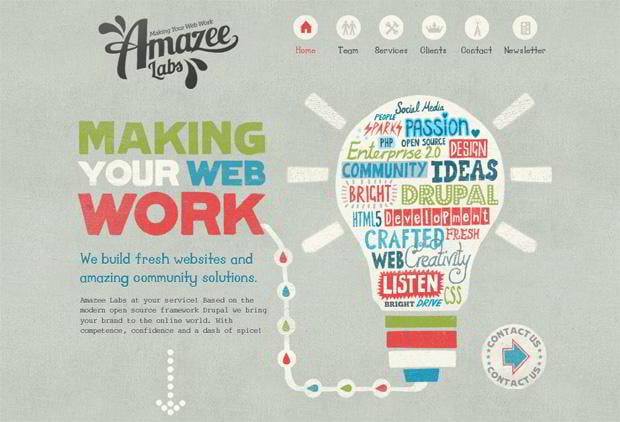Interested In Discovering Exactly How Site Design Has Transformed For Many Years? Check Out The Trip
Interested In Discovering Exactly How Site Design Has Transformed For Many Years? Check Out The Trip
Blog Article
Authored By-Thorsen Trolle
In the past, internet sites were simple and focused on details. Navigating was straight, and style was for desktops. Now, customer experience is essential. Data guides layouts for simple navigating. Responsive layouts fit different gadgets. Today, dark setting reduces pressure, and minimalist menus enhance navigating. Interactive features involve users, and strong visuals attract attention. AI combination boosts engagement. See just how style has actually developed to boost your online trip.
Early Days of Website Design
In the early days of web design, simpleness reigned supreme. Web sites were standard, with minimal colors, fonts, and formats. The focus was on supplying details rather than showy visuals. Customers accessed the web via slow-moving dial-up connections, so rate and capability were key.
Navigation food selections were straightforward, generally situated at the top or side of the page. Internet sites were developed for desktop, as mobile surfing had not been yet common. Material was king, and developers prioritized easy readability over complex design components.
HTML was the key coding language used, and designers needed to work within its constraints. Computer animations and interactive attributes were minimal compared to today's requirements. Internet sites were fixed, with little dynamic material or customized customer experiences.
Rise of User-Focused Style
With the development of web site style, a shift in the direction of user-focused layout principles has become significantly famous. Today, developing websites that focus on customer experience is important for engaging site visitors and attaining organization objectives. User-focused layout involves understanding the needs, choices, and behaviors of your target market to customize the internet site's layout, content, and includes as necessary.
Designers currently carry out extensive research, such as customer studies and functionality screening, to collect insights and feedback directly from individuals. This data-driven approach helps in developing instinctive navigation, clear calls-to-action, and visually appealing interfaces that resonate with visitors. By positioning the individual at the center of the style procedure, sites can deliver an extra individualized and enjoyable experience.
Responsive design has actually also become a key element of user-focused style, ensuring that web sites are enhanced for different gadgets and screen sizes. This adaptability enhances access and use, satisfying the diverse means customers engage with internet sites today. Essentially, the increase of user-focused style represents a change towards creating electronic experiences that focus on the requirements and expectations of the end customer.
Modern Trends in Website Design
Discover the current patterns forming website design today. One noticeable pattern is dark setting style, supplying a streamlined and modern appearance while minimizing eye pressure in low-light environments. Another crucial fad is minimalist navigation, simplifying menus and improving customer experience by focusing on essential elements. Integrating micro-interactions, such as animated buttons or scrolling results, can develop a more interesting and interactive website. Receptive style continues to be vital, guaranteeing smooth individual experiences throughout different gadgets. Furthermore, making use of vibrant typography and unbalanced designs can include aesthetic interest and accentuate specific material.
Incorporating AI modern technology, like chatbots for client assistance or individualized referrals, boosts user engagement and improves procedures. Ease of access has also come to be a substantial fad, with designers focusing on inclusive style methods to deal with diverse customer requirements. Accepting https://www.searchenginejournal.com/content-marketing-team-building/431138/ by optimizing website efficiency for speed and efficiency is another emerging trend in website design. Working together with individual responses and information analytics to repeat and boost style continually is necessary for remaining pertinent in the ever-evolving digital landscape. By embracing these contemporary fads, you can create an aesthetically enticing, straightforward web site that reverberates with your target market.
Conclusion
As you reflect on the development of website style from the very early days to currently, you can see how user-focused design has become the driving pressure behind contemporary trends.
Accept the trip of modification and adjustment in web design, constantly keeping the customer experience at the center.
Tippingpointdigital
Remain present with the most recent patterns and technologies, and never ever stop evolving your strategy to create visually stunning and easy to use websites.
Develop, adapt, and produce - the future of website design remains in your hands.
